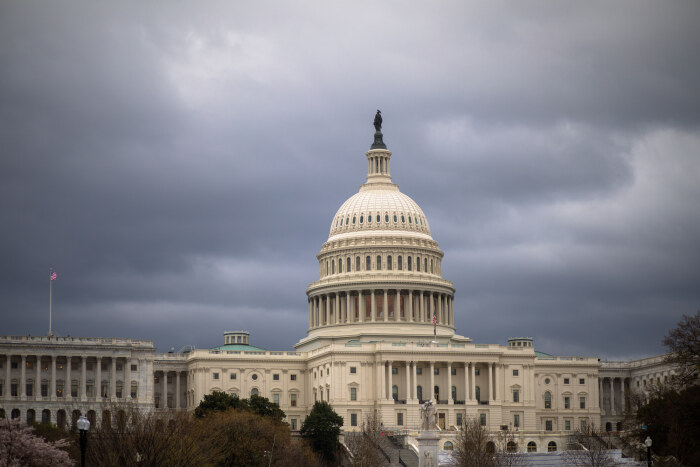Bruce Lear lives in Sioux City and has been connected to Iowa’s public schools for 38 years. He taught for eleven years and represented educators as an Iowa State Education Association regional director for 27 years until retiring.
Whenever Dad saw someone struggling to get something done, he’d say, “That guy’s working with a short-handled shovel.”
U.S. House Speaker Kevin McCarthy’s shovel handle is short, and he let a tiny group of his own party saw it off so he could become speaker.
Now, the U.S. is facing a shutdown because McCarthy doesn’t have enough votes in his own party to keep the federal government open beyond September 30, and his party will toss him out if he reaches across the aisle to compromise for Democratic votes.
As McCarthy told reporters last week, “This is a whole new concept of individuals that just want to burn the whole place down.”
The problem is the House GOP hard-liners aren’t the people who’ll get burned. Most are tucked away in safe Republican seats with little to no political risk.
It’s America that will feel the heat.
The stakes are high. The last federal government shutdown in 2018 cost the U.S. economy $3 billion, according to the Congressional Budget Office. Border patrol and the military won’t be paid. National parks will be shuttered.
Donald Trump, the leader of the Republican Party, is cheering on the hard-liners. He recently posted on his social media platform, “Republicans in Congress can and must defund all aspects of Crooked Joe Biden’s weaponized Government that refuses to close the Border, and treats half the Country as Enemies of the State. This is also the last chance to defund these political prosecutions against me and other Patriots.”
A shutdown will cause the blame game to begin, and it will sound like some version of “They started it.”
I learned early on as a labor negotiator that you can’t demonize the other side and then try to deal with the devil. Your own side will balk at any agreement because it’s impossible to spin a win out of compromising with evil.
Just saying “no” is easy. Finding the middle ground is hard.
But in June, Congress compromised by approving the Fiscal Responsibility Act, which suspended the debt ceiling for two years in exchange for agreed-upon limits to future spending. Now twelve appropriations bills for fiscal year 2024 are being held hostage, because House GOP hard-liners don’t want to stick with the agreement approved only a few months ago.
It’s like negotiating to buy a car, reaching a deal, and the next day deciding the price for the car was too high and you want a better deal.
That never works.
The House of Representatives can temporarily solve this problem by adopting a continuing resolution, which keeps federal spending at current levels. That would kick the can down the road, avoiding a shutdown and giving people time to consider the consequences. I know that sounds like postponing the inevitable, but in negotiations, time to think often equals compromise.
But that compromise won’t be with the Congressional arsonists.
So, how can McCarthy survive as speaker and still avoid a shutdown?
To lengthen that shovel handle, he’ll have to rely on Democrats for two things. First, he’ll have to find Democrats willing to vote for the continuing resolution if he brings it to the House floor. Second, when one of the hard-liners inevitably moves to oust him, he’ll need Democratic votes to stay in his current position.
I’m certainly not a McCarthy fan, but Democrats should help him for three reasons. First, some may believe he is the best alternative because no one knows who’s waiting in the wings. Second, the economy would suffer from a long shutdown. Democrats can run for re-election saying they saved the country from that outcome. Third, Democrats should be able to negotiate away some of the vindictive investigations. That could also marginalize those intent on burning down the government.
The American public is sick of dysfunction. That’s why every poll shows most people are dissatisfied with the status quo. Getting past this budget impasse would show that at least one political party can functionally govern.
Top photo of the U.S. Capitol on a cloudy day is by Nicole Glass Photography, available via Shutterstock.

